Growth of Equestrian Tourism
The growth of equestrian tourism is emerging as a significant driver for the Horse Riding Equipment Market. As more travelers seek unique experiences, equestrian tourism offers opportunities for riding enthusiasts to explore new destinations while engaging in their passion. This trend has led to an increase in demand for rental equipment and guided riding tours, which in turn stimulates the market for high-quality riding gear. Data indicates that equestrian tourism has expanded by approximately 25% over the past three years, highlighting its potential to influence the Horse Riding Equipment Market. As tourism operators and riding schools adapt to this growing interest, they are likely to invest in premium equipment, further driving market growth.
Increased Awareness of Animal Welfare
The Horse Riding Equipment Market is witnessing a shift towards greater awareness of animal welfare, influencing purchasing decisions among consumers. Riders and equestrian enthusiasts are increasingly seeking equipment that prioritizes the comfort and well-being of their horses. This trend has led to a rise in demand for ethically produced and sustainable riding gear, such as saddles made from cruelty-free materials. Market data indicates that sales of such products have increased by 20% in the last year alone. As consumers become more conscientious about their choices, manufacturers are compelled to adapt their offerings to align with these values, thereby shaping the future landscape of the Horse Riding Equipment Market.
Rising Participation in Equestrian Activities
The Horse Riding Equipment Market experiences a notable surge in participation in equestrian activities, driven by an increasing interest in horseback riding as a recreational and competitive sport. This trend is particularly evident among younger demographics, who are drawn to the physical and mental benefits associated with riding. According to recent data, the number of equestrian participants has grown by approximately 15% over the past five years. This rise in participation fuels demand for various riding equipment, including saddles, bridles, and protective gear, thereby propelling the Horse Riding Equipment Market forward. As more individuals engage in riding, the need for high-quality, durable equipment becomes paramount, leading to innovations and enhancements in product offerings.
Technological Advancements in Equipment Design
Technological advancements play a crucial role in shaping the Horse Riding Equipment Market. Innovations in materials and design have led to the development of lighter, more durable, and safer riding gear. For instance, the introduction of breathable fabrics and shock-absorbing materials enhances rider comfort and safety, which are critical factors for consumers. Furthermore, the integration of smart technology, such as GPS tracking and performance monitoring systems, is gaining traction among competitive riders. This trend not only improves the riding experience but also attracts a tech-savvy audience to the market. As these advancements continue to evolve, they are likely to redefine standards within the Horse Riding Equipment Market, encouraging both manufacturers and consumers to prioritize cutting-edge solutions.
Expansion of Equestrian Events and Competitions
The expansion of equestrian events and competitions significantly impacts the Horse Riding Equipment Market. With an increasing number of local, national, and international competitions, there is a heightened demand for specialized riding equipment tailored to various disciplines, such as dressage, show jumping, and eventing. This growth in events not only encourages participation but also stimulates the market for high-performance gear. Recent statistics suggest that the number of equestrian competitions has risen by 10% annually, creating opportunities for manufacturers to innovate and diversify their product lines. As the competitive landscape evolves, the Horse Riding Equipment Market is likely to benefit from this trend, as riders seek the best equipment to enhance their performance.


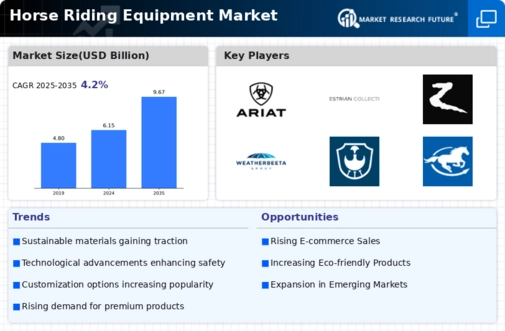
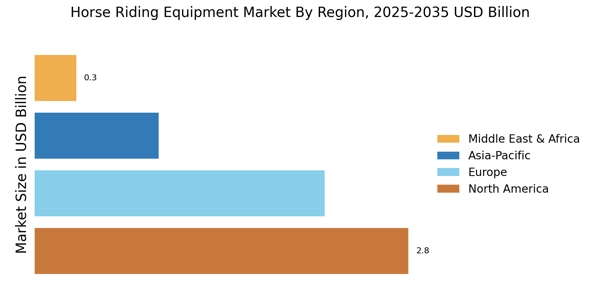

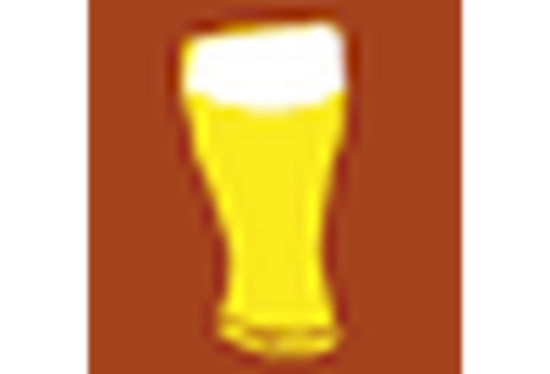
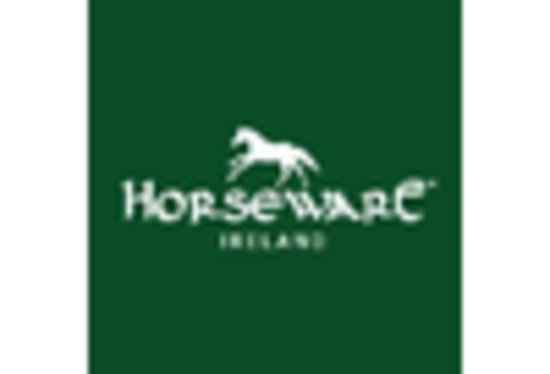
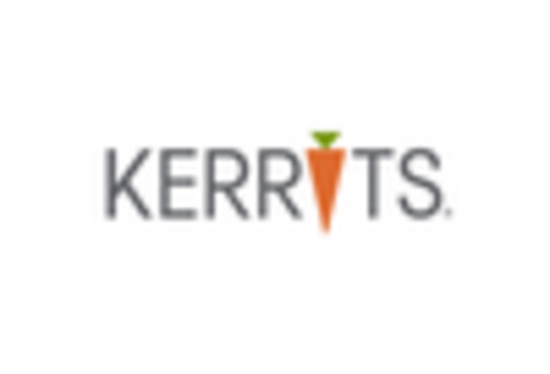

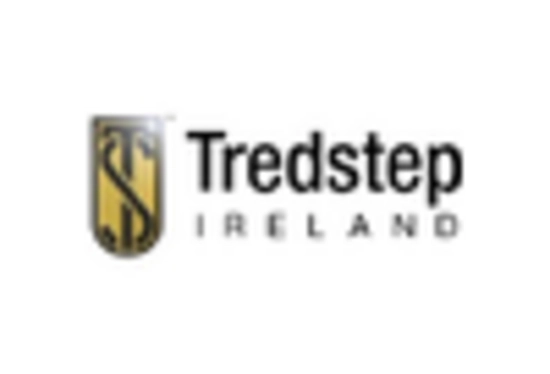








Leave a Comment